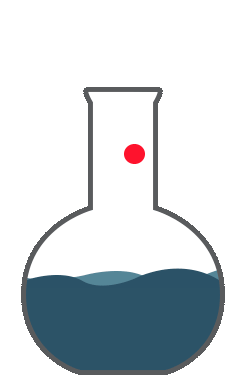
Please wait...
Chemist's Guide to Returning to the Laboratory
As businesses begin to return to operation, laboratories which may have been forced to shut down during the pandemic, are now being asked to reopen with a new level of concern for not only chemical contamination but viral contamination. During this time of heightened anxiety, it is good to know most common laboratory procedures used to keep scientists safe from chemical exposures also work well for limiting biological exposures. It is important to keep in mind all of the advice given by governmental agencies for our protection, but also develop a plan and set of resources to return to business in the office and in the laboratory.
Chemist's Guide to the COVID-19 Outbreak
The COVID-19 pandemic has created a plethora of misinformation regarding viruses, transmission, eradication, and prevention. This information brief is an attempt to organize all of the pertinent information from a chemistry point of view. The COVID-19 pandemic is not humanities first (nor will it be our last) pandemic. Outbreaks of disease which have led to pandemics have been frequent throughout history.
Read MoreGuide to Terpene Chemical Properties
Terpenes are the common term for a large group of compounds that contribute to the flavor and smell of botanical products. Isoprene or 2-methyl-1,3-butadiene (see Figure 1) and its polymers are the main base of natural rubber and the structural base for terpenes and terpenoids, even though isoprene itself is not part of the reactions which produce terpenes. In biological processes, there are essential and non-essential terpenes.
Guide to Cannabis Solubility
Guide to Pesticide Solubility
Solubility is defined as a chemical property referring to the ability of a given substance, the solute, to dissolve into a solvent. It is measured in terms of the maximum amount of solute dissolved in a solvent at equilibrium. The resulting solution is called a saturated solution.
Read MoreGuide to Carbon Black
Carbon black is an almost pure form of elemental carbon. Carbon black is produced by incomplete combustion of primarily petroleum hydrocarbons under controlled conditions resulting in a fine pellet or powder with a high surface-to-volume ratio.
Read MoreGuide to Speciation
The International Union of Pure and Applied Chemistry (IUPAC) defines speciation as ‘the distribution of an element amongst defined chemical species in a system’. Chemical species include isotopic composition, electronic or oxidation states and molecular structures. Speciation analysis is the analytical process of identifying and/or measuring the amounts of one or more individual chemical species in a sample.
Read More